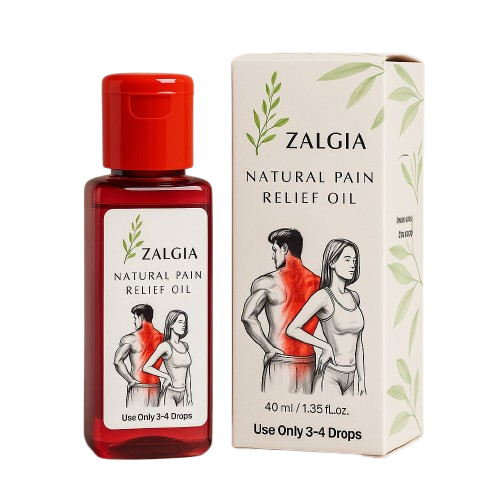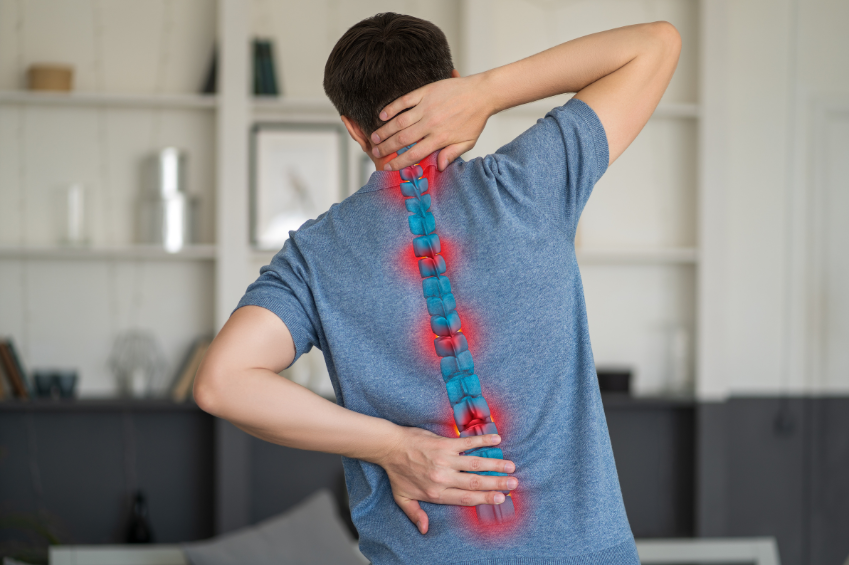Who Should Use an Cyson SI Joint Belt -Conditions, Roles, and Contraindications
Understanding the Purpose of an Cyson SI Joint Belt
The sacroiliac (SI) joint connects your spine with your pelvis. This joint is essential to stabilising your body when walking, standing or moving. If this joint is injured, misaligned or weakened, this could cause pain in the low back and hips or even in your legs. This is why the Cyson SI Joint Belt is a great option. The belt supports your pelvis, reducing excess movement of the joint, reducing pain as well and helping you maintain more alignment.
When an Cyson SI Joint Belt Can Help
A Cyson SI Joint Belt doesn’t only work for a specific problem -it’s a great aid with a variety of conditions in which pelvic support is required. We’ll look at some scenarios where Cyson SI Joint Belts are useful.
1. Sacroiliac Joint Dysfunction
If you’re SI joints are moving further than is necessary or they become injured, it could result in sharp or dull pain in the lower back as well as the hips. The SI belt can help limit this unneeded movement and provide comfort and stability.
2. Postpartum Pelvic Instability
Following pregnancy, a lot of women suffer from pelvic twitching as a result of hormonal changes that loosen ligaments. The SI belt assists in restoring that instability, helps support the pelvis, as well as eases discomfort as you recover.
3. Lower Back or Pelvic Girdle Pain
The pelvic or lower back discomfort could be due to an imbalance or a lack of movement in the pelvis. A Cyson SI Joint Belt can help align the hips as well as support your posture while easing the strain on joints and muscles.
4. Scoliosis or Uneven Hip Alignment
If you have legs that have length or spinal curvature variations, the SI joint may be subject to more strain. It provides balanced and secure assistance and helps reduce pain caused by adjustments in posture.
5. For Active People and Athletes
The athletes, runners, and dancers typically put heavy stress on their backs as well as their hips. The Cyson SI Joint Belt is a great way to keep the pelvis stable during movements by reducing micro-injuries and enhancing the comfort of training or workouts.
When You Should Avoid Using an Cyson SI Joint Belt
While this belt can provide many advantages, it’s not for all. Overuse or misuse can cause more harm than good.
- If you are suffering from serious swelling or infection in the area of your pelvic region, avoid wearing the belt until you heal.
- While you’re pregnant, be sure to consult your doctor prior to taking it.
- If you suffer from severe joint fractures or deformities, professional supervision is crucial.
- If you are suffering from a nerve or circulatory system the belt’s compression could not be appropriate for you.
How to Use It Correctly
If you want to get the most benefit, place the belt on your hips. It should be snug but not overly tight. It is most beneficial in the midst of physical exercise and walking for an extended time; do not wear it for a long time. Give your body the chance to develop the strength it needs through the use of physiotherapy, core workouts, as well as posture adjustment. Belts are a supporting device, not a permanent remedy.
To find out more about joint pain relief and joint health solutions, go to www.cyson.in.
FAQs
What can I wear with an Cyson SI Joint Belt for the entire day?
It’s best to only wear it for emergencies, for example, when walking, standing or at work — and or at least not constantly throughout the day.
Does it have safety for women who are pregnant?
Yes, however, only with medical supervision. It is a great option to relieve the pelvic pain that is common in pregnancy.
What tightness do you want the belt to be?
It must feel comfortable and snugbut supportive enough to minimise discomfort, but not so restrictive that it hinders breathing or movement.
Do I need to wear my belt during sleep?
No, I would not recommend wearing it while asleep unless your doctor expressly recommends wearing the use of it.
Can the belt fully solve SI joint pain?
The belt isn’t able to cure SI joint problems; however, it can help relieve symptoms and aid in recovery when used in conjunction with the right training as well as therapy.














Post Comment